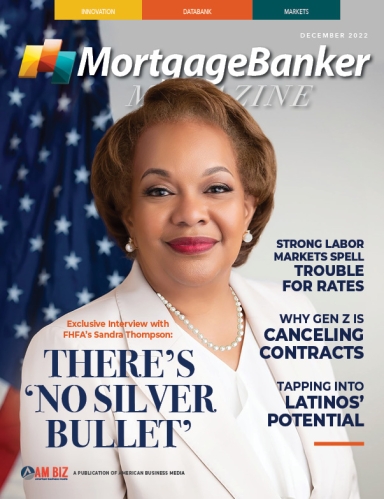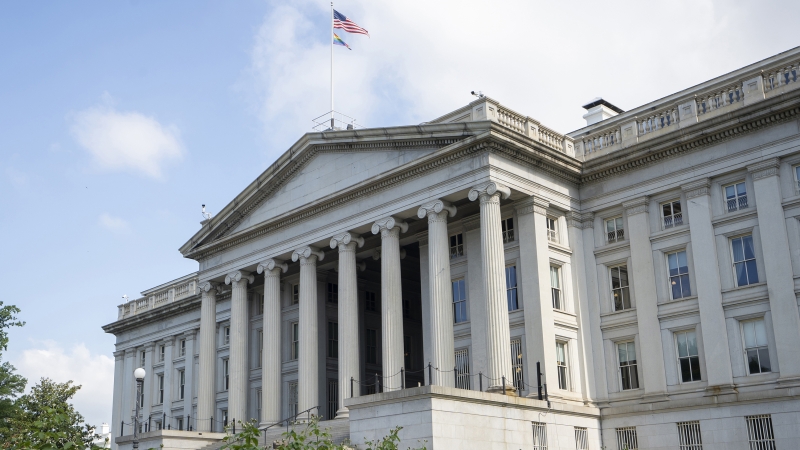For the last several years, it seems as if the eyes of the financial community, including lenders and their capital markets staffs, have been firmly planted on the Federal Reserve. The U.S. central bank carries out its mission through the actions of its Federal Open Market Committee (FOMC). The FOMC does not set mortgage rates, but the same factors that influence its actions also influence mortgage rates. As 2022 wraps up and we begin 2023, it is good to know what the market is thinking.
The FOMC delivered a 50-basis point (bp) rate hike at its December meeting. Given this move, analysts have revised upwards the median path of the terminal policy fed funds rate to 4.9% by the end of 2023, and continue to see the first overnight fed funds cut coming in 2024. Inflation has been driving the Federal Reserve’s decisions for the majority of 2022, and this focus is expected to continue into 2023.
Balance Of Risk
FOMC statements and the minutes from its meetings should continue to highlight elevated inflation, and participants will still see the balance of risk on the upside. On balance, these changes will allow Fed Chair Jerome Powell to justify the step down in pace while maintaining the Fed’s commitment to fighting inflation. The Fed will enter 2023 just 50 bp shy of where it sees the likely peak, and it will seek more flexibility in its approach. So, it is unlikely at this point that rates will go up much more, if at all.
The “experts” will tell you that a nearly sure sign of a recession is the shape and slope of the yield curve. In early December the two-year Treasury yield traded at 4.2%, while the 10-year yield stood at 3.4%, bringing the difference between the two to 0.84 percentage points. The pattern, known as a yield curve inversion, has preceded every U.S. economic downturn of the past 50 years.
Certainly, the jobs market has been solid in the U.S. as employment is strong. Since jobs and housing drive our economy, the low unemployment rate is a concern for anyone hoping for lower rates. While the data paints an upbeat picture of the state of the economy, some investors are worried that it will also encourage the Fed to keep pushing interest rates higher next year, after taking them from near zero to a range of 4.25 to 4.5% in 2022. Higher borrowing costs, in turn, are expected to heap pressure on the economy and potentially trigger a recession.
Futures markets currently suggest the “terminal” federal funds rate, or the peak in this cycle, will be about 5% in May, from expectations of as low as 4% in September. In terms of the yield curve, the most basic signal sent by the yield curve inversion is that investors believe the Fed’s increases in short-term rates will be successful in sharply slowing inflation.












